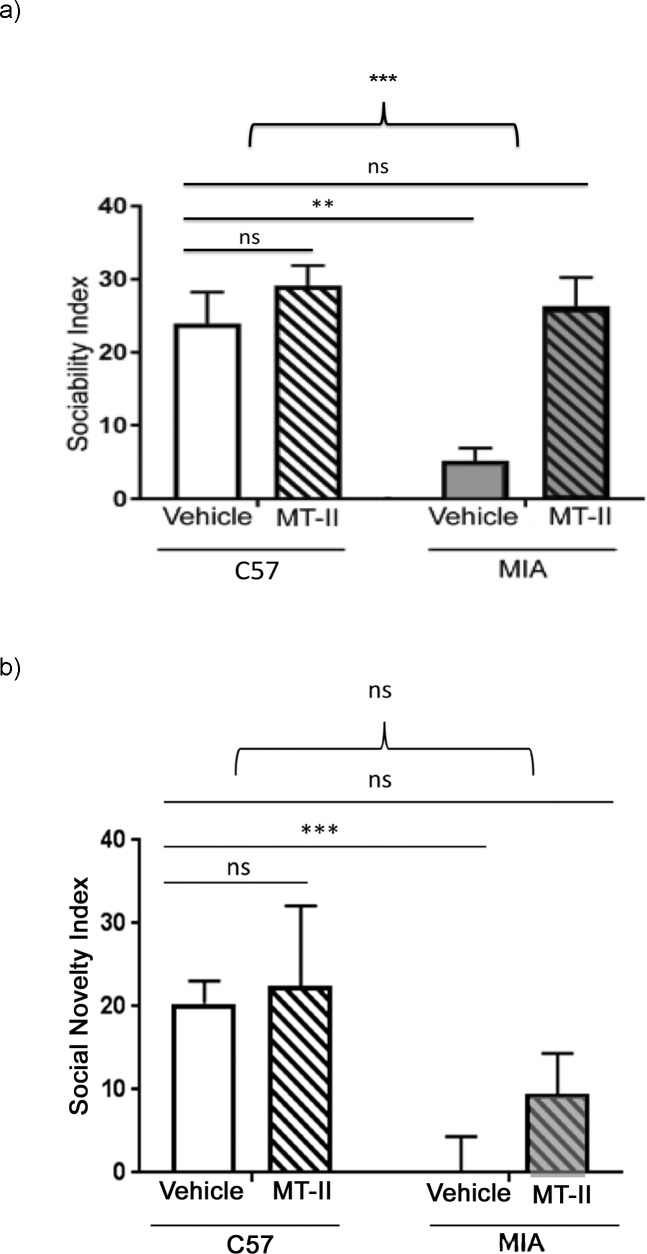Fig 3. Melanotan-II did not significantly alter social behaviors in normal C57BL/6J male mice.
(a) Three-chamber test assessment of sociability index, with results shown for normal C57BL/6J mice following vehicle control (n = 7) or MT-II treatment (n = 9), and MIA mice following vehicle control (n = 7) or MT-II treatment (n = 10). Student’s unpaired t test analysis was used to compare vehicle-control normal C57BL/6J mice to MT-II-treated normal C57BL/6J mice (p = 0.77), vehicle-control MIA mice (p = 0.0017), and MT-II-treated MIA mice (p = 0.68). The above bracket represents a two-way ANOVA analysis of treatment interaction between the normal C57BL/6J mice and MIA mice; interaction F (1,29) = 14.34, p = 0.0007. (b) Three-chamber test assessment of social novelty, with results shown for normal C57BL/6J mice following vehicle control (n = 7) or MT-II treatment (n = 6), and MIA mice following vehicle control (n = 7) or MT-II treatment (n = 8). Student’s unpaired t test analysis was used to compare vehicle-control normal C57BL/6J mice to MT-II-treated normal C57BL/6J mice (p = 0.88), vehicle-control MIA mice (p = 0.0002), and MT-II-treated MIA mice (p = 0.16). The above bracket represents a two-way ANOVA analysis of treatment interaction between the normal C57BL/6J mice and MIA mice; interaction F (1,24) = 0.43, p = 0.52. (a, b): data represented as mean +/- SEM.

